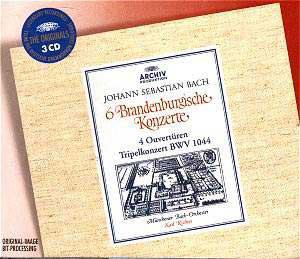 Composer: Giuseppe Verdi (1813-1901)
Composer: Giuseppe Verdi (1813-1901)
Works: Requiem Mass (1874)
Performers: Maria Caniglia (soprano), Ebe Stignani (mezzo soprano), Beniamino Gigli (tenor), Ezio Pinza (bass), Chorus and Orchestra of the Rome Opera House/Tullio Serafin
Recording: Digital transfer of a performance recorded in 1939 at the Royal Opera House, Rome (ADD)
Label: NAXOS 8.110159 [72.47]
Verdi’s Requiem, a monumental synthesis of operatic fervor and liturgical solemnity, stands as one of the most significant choral works of the 19th century. Composed in the wake of Alessandro Manzoni’s death, this mass for the dead transcends mere tribute, embodying a passionate meditation on mortality and divine justice. In Tullio Serafin’s 1939 recording, we find a distinguished cast of soloists—Caniglia, Stignani, Gigli, and Pinza—imbued with the stature of their operatic backgrounds, yet the interpretation raises questions about the balance between operatic expression and sacred introspection.
The performance under Serafin reveals a tendency to emphasize the more flamboyant, theatrical elements of the Requiem. While the Dies Irae, with its frenetic energy and vivid orchestral colors, benefits from brisk tempi, the relentless drive often obscures the intricate textures and subtleties that Verdi meticulously crafted. Important details, such as the delicate interplay between the chorus and orchestra, frequently dissolve into a blur, leading to a performance that feels more akin to an operatic spectacle than a reverent liturgical observance. In this context, the interpretation appears to lean heavily on the strengths of its soloists, yet even they are not immune to the overarching pace that Serafin imposes.
Despite these concerns, certain moments shine brightly through the din. Beniamino Gigli’s contribution is particularly noteworthy; his voice, robust and lyrical, reaches its zenith in the poignant Ingemisco, where the emotional weight of the text is palpable. Ezio Pinza’s bass also commands attention, especially in the Confutatis, where his phrasing elicits a haunting resonance. However, the balance within the recording presents challenges, with the choir often overwhelming the soloists in volume, rendering the text’s emotional nuances less impactful. This imbalance distracts from the overall experience, leaving the listener yearning for a clearer delineation of voices and instruments.
The technical aspects of this 1939 recording present a mixed bag. The analogue sound, while historic, suffers from a boxy acoustic that lacks the spaciousness one might expect from such a grand composition. Pitch inaccuracies occasionally intrude, further detracting from the performance’s overall integrity. For those accustomed to modern recordings, this transfer may feel particularly jarring. Comparisons with more polished renditions, such as those conducted by Toscanini or Giulini, underscore the shortcomings of Serafin’s approach. While their interpretations maintain a balance between emotion and structure, Serafin’s choice to prioritize speed often undermines the profundity inherent in Verdi’s score.
The richness of Verdi’s Requiem is best captured in recordings that embrace both its operatic and sacred dimensions. The 1959 performance led by Fritz Reiner, featuring an illustrious cast including Leontyne Price and Jussi Björling, exemplifies this balance with its thoughtful pacing and nuanced interpretations. Reiner’s version, despite a notably slower tempo, allows the work’s dramatic arc to unfold naturally, revealing layers of meaning often lost in Serafin’s hurried execution.
Tullio Serafin’s recording of Verdi’s Requiem, while engaging and featuring a cast of formidable talent, ultimately fails to deliver a convincing interpretation of this profound work. The emphasis on brisk tempos at the expense of reflective depth, combined with technical shortcomings in sound quality, compromises the listener’s experience. For those seeking a definitive rendition of Verdi’s magnum opus, this recording may serve as a historical artifact but pales in comparison to more considered interpretations that illuminate the work’s duality of operatic grandeur and sacred introspection.



